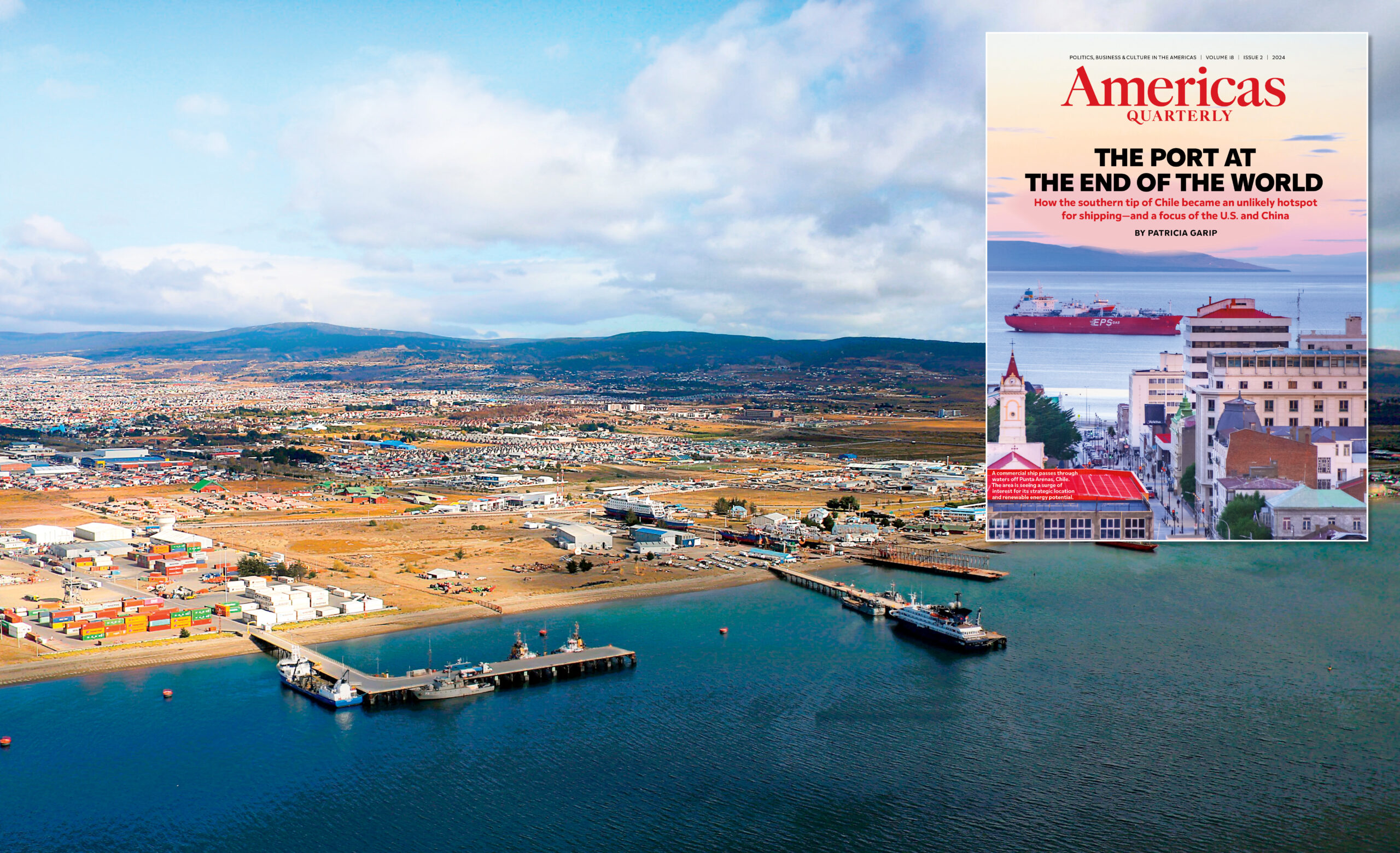Comments on the U.S.-Mexico High Level Economic Dialogue
Comments on the U.S.-Mexico High Level Economic Dialogue
The Council strongly supports the HLED process as a means to enhance North America’s global competitiveness and build out broader trade expansion initiatives in the region.
The Council of the Americas (Council) appreciates this opportunity to provide comments concerning the U.S.-Mexico High Level Economic Dialogue (HLED), particularly on the third pillar, Partnering for Regional and Global Leadership. The Council strongly supports the HLED process as a means to enhance North America’s global competitiveness and build out broader trade expansion initiatives in the region.
Regional Trade Priorities
In the Council’s view, Mexico and the United States are ideal partners in exercising leadership with regard to the regional and global trade architecture. As a stalwart free-trade advocate and a member of the G20, Mexico is a significant player in global financial and economic coordination. After 20 years as NAFTA partners, we also share commercial interests given the complementary nature of our economies and the breadth and depth of our economic relationship.
Our governments should continue to strengthen cooperation in multilateral settings and ensure consistency of broader trade agreements. Mexico’s inclusion in the Trans-Pacific Partnership (TPP) negotiations has offered an excellent opportunity to update our trade relationship to the high standards of a 21st-century agreement, including technologies and products that did not exist when NAFTA was signed. In 1994, NAFTA represented a cutting-edge experiment that has proven successful but is now showing its age. Issues that require updating include intellectual property rights, environmental and labor regulations, and state-owned enterprises, among others. Moreover, the exciting advances in energy production necessitate a new look at North American energy integration. Mexico can be an important ally in promoting the new disciplines that would improve the efficiency of North American supply chains and allow the United States and Mexico to explore new markets for jointly-produced goods.
Partnership in NAFTA and TPP negotiations should be matched by partnership in Transatlantic Trade and Investment Partnership (TTIP) negotiations with the European Union. It is no longer accurate to think in terms of U.S. or Mexican or Canadian products when North America itself has become the production platform. The Mexican government, which already has a free-trade deal with the EU, has signaled its interest in joining negotiations at the outset (as has Canada). A regional agreement would take full advantage of the economies of scale and scope that have resulted from NAFTA.
In addition, NAFTA and Pacific Alliance nations should explore an association over time to give greater momentum to the hemispheric trade agenda and improve regulatory cooperation and convergence. Mexico is a member of both trade blocs, and the HLED can be a key forum to promote this agenda. The Council urges both governments to invite Pacific Alliance leaders to the upcoming North American Leaders Summit, to be hosted by Mexico in February. This would send a significant political signal in the hemispheric trade context and could begin a discussion about broader trade and economic cooperation.
Regarding Central America, both the U.S. and Mexican governments should be aware that TPP may have unintended and disadvantageous consequences for the isthmus, particularly from countries such as Vietnam. They should work with Central American countries on energy cooperation and trade facilitation, especially with regard to the participation of small and medium-sized enterprises in regional trade. Central America represents another key avenue of meaningful cooperation between North American and Pacific Alliance nations given mutual interests in economic development and security conditions of the countries that connect North America to South America.
Trade Facilitation at the U.S.-Mexico Border
Due to the integrated nature of supply chains, better border management is increasingly important within North America. The Council believes that the HLED should promote provisions that would eliminate duplicative documentation, support electronic customs clearance and the elimination of paper processes, standardize de minimis customs valuations, and establish expedited procedures as appropriate, among other actions.
Both governments should also cooperate on infrastructure improvements and staffing increases at ports of entry. The financing of needed investments could overcome budgetary constraints through the use of public/private partnerships for project development, mixed capital investment vehicles for project finance, and allocation of capital to the North American Development Bank, for example.
The Council thanks the Department of Commerce for the opportunity to submit these comments and offers itself as a continued resource for the HLED.








